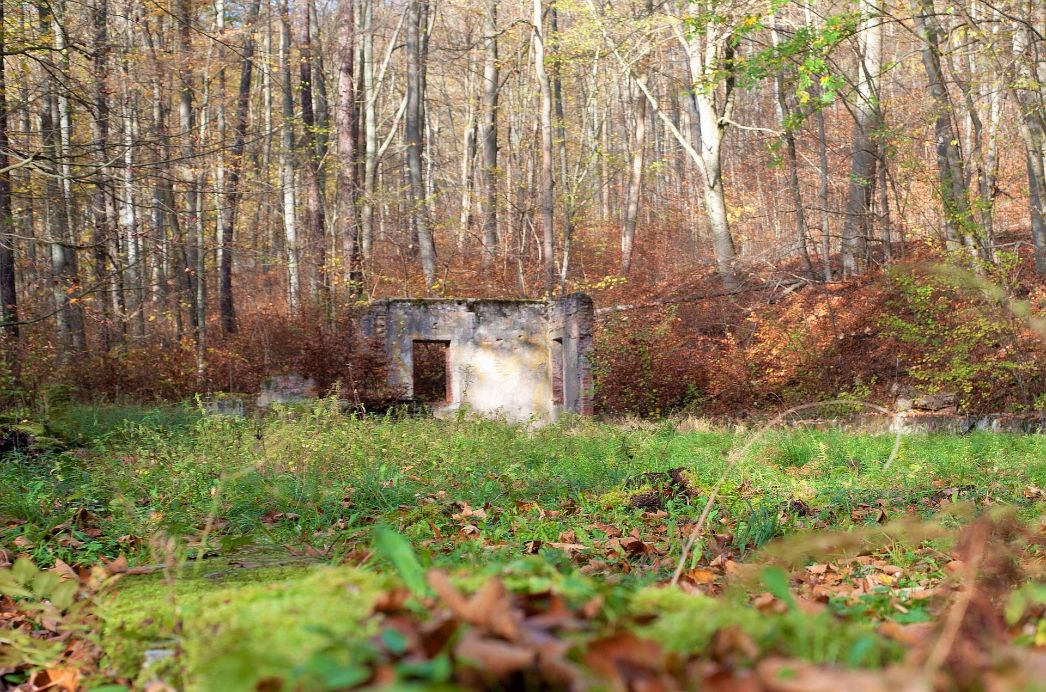
In the autumn of 1944, the barracks were turned into a cinema. As part of the incentive system installed by the SS, it was intended to increase the productivity of work detachments. Privileged inmates, who possessed camp money, were able to watch a programme of propaganda and entertainment films that changed weekly.
Beginning in January 1945, the cinema was used to house inmates from Auschwitz and Groß-Rosen. During the final months of the war, the SS brought 16,000 inmates to the Mittelbau-Dora Concentration Camp as part of so-called "evacuation transports". Those who arrived alive were utterly exhausted and half frozen. Many of them died within days in the extremely crowded cinema barracks, where they were forced to lie on the floor.

